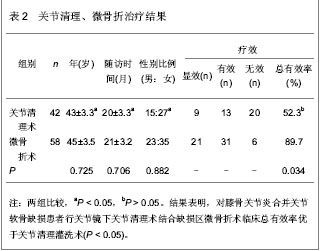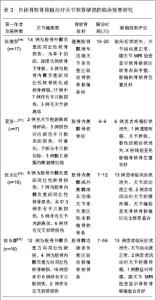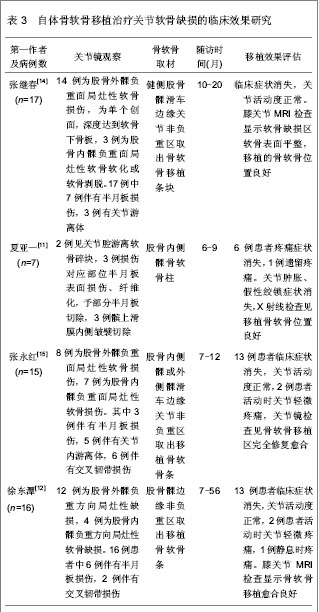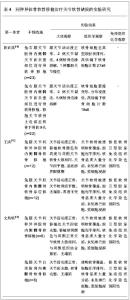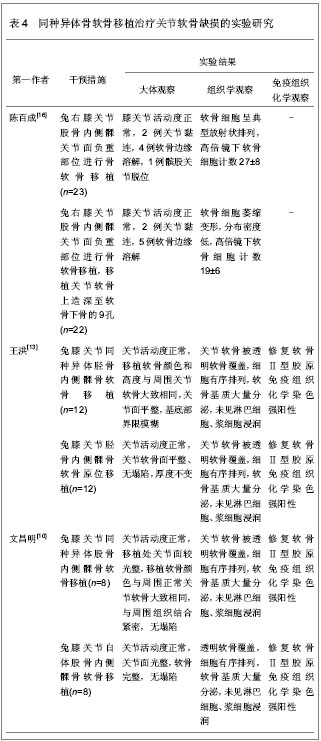| [1] Gross AE, Shasha N, Aubin P. Long-term followup of the use of fresh osteochondral allografts for posttraumatic knee defects. Clin Orthop Relat Res. 2005;(435):79-87.[2] 楼跃,潘新华,唐凯,等.自体游离骨膜移植修复儿童髋关节软骨大面积缺损:动物实验及临床应用[J].中国组织工程研究与临床康复,2007,11(16):3013-3017.[3] 官丙刚,杨迪生.关节软骨缺损修复方法及疗效[J].国际骨科学杂志,2006,27(3):166-168.[4] 陈又年,刘莉.关节镜下微骨折术治疗膝关节软骨缺损[J].中国伤残医学,2007,15(4):6-7.[5] 张志成,孙天胜.软骨损伤临床治疗进展[J].中华外科杂志,2006, 44(12):862-864. [6] 宋希元,亓建洪.骨软骨移植修复关节软骨缺损的研究进展[J].泰山医学院学报,2004,25(3):244-247.[7] Wakitani S, Goto T, Pineda SJ, et al. Mesenchymal cell-based repair of large, full-thickness defects of articular cartilage. J Bone Joint Surg Am. 1994;76(4):579-592.[8] 周游.冷冻同种异体骨软骨移植修复大面积关节软骨缺损的实验研究[D].湖北:华中科技大学,2008:1-39.[9] 中国知网.中国学术期刊总库[DB/OL].2013-5-16. https://www.cnki.net[10] 文昌明,王洪,杨述华,等.同种异体骨软骨柱移植治疗关节软骨缺损[J].中国组织工程研究与临床康复,2009,13(31):6050-6054.[11] 夏亚一,吴萌.关节镜自体骨软骨移植治疗膝关节软骨损伤[J].临床骨科杂志,2007,10(2):117-119.[12] 徐东潭,臧洪敏,徐光辉.自体骨软骨移植治疗股骨髁关节软骨缺损[J].临床骨科杂志,2007,10(6):490-492.[13] 王洪,周游,李宝兴,等.冷冻同种异体骨软骨移植修复大面积关节软骨缺损的可行性研究[J].华中科技大学学报(医学版), 2007, 36(4):485-488.[14] 张继春,高石军,陈百成,等.关节镜下自体骨软骨移植修复股骨关节面软骨缺损[J].中华骨科杂志,2004,24(3):158-161.[15] 张永红,高岩,NP Suedkamp,等.自体骨软骨镶嵌移植术修复关节软骨缺损[J].实用骨科杂志,2003,9(2):112-114.[16] 陈百成,陈竞清,高石军,等.低温保护冻存的异体骨软骨移植修复关节软骨缺损的研究[J].中国骨肿瘤骨病,2003,2(6):336-339.[17] St eadman JR, Briggs KK, Rodrigo JJ, et al. Out comes of microfracture for traum aticchon dral defects of the knee: average 11-year follow- up. Arthroscopy. 2003;19(5):447-484.[18] 施晓明,费文勇,任春朋,等.膝骨性关节炎关节镜下微骨折技术的两种术式比较[J].中国内镜杂志,2008,14(1):94-96. [19] 费文勇,谢军,章洪喜,等.膝骨性关节炎关节镜下微骨折技术的临床疗效[J].临床骨科杂志,2010,13(1):55-56.[20] 张洪涛,张继文,姜波,等.关节镜微骨折术治疗膝骨关节炎合并软骨损伤疗效观察[J].中华实用诊断与治疗杂志,2011,25(3): 270-271. |

